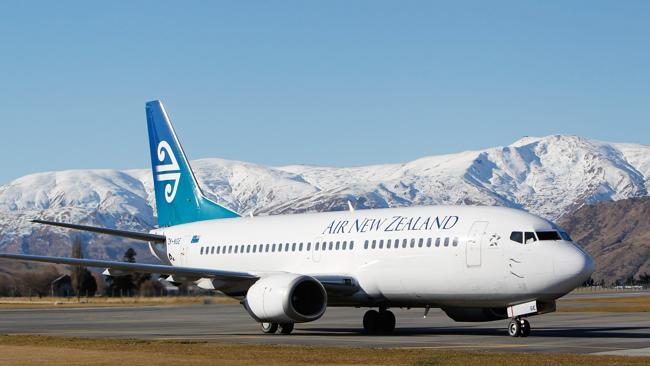How to be a responsible traveller
HOW do you fly around the world without destroying the planet you love exploring so much with carbon emissions?

Air
Don't miss out on the headlines from Air. Followed categories will be added to My News.
IT'S the ultimate travel dilemma - how do you fly around the world without destroying the planet you love exploring so much with carbon emissions?
It's a tricky one, but there are several ways you can reduce your carbon footprint when you travel, according to Griffith University Professor of Sustainable Tourism Susanne Becken.
Professor Becken, who will speak at the International Conference on Responsible Tourism in Destinations Spain next month, says sustainable tourism is no longer just about recycling and water efficiency.
"Travel from your home country to your destination is where the biggest carbon footprint lies," she says.
"You have to get from A to B.
"Whatever we do at the destination is quite small so we really need to work on the air travel initiatives."
Professor Becken suggests travellers choose the most direct route when they are booking flights.
"Sometimes we fly strange ways because the ticket is cheaper," she says.
"If you fly business class it is three times more carbon intensive than economy class because you have so much space, whereas low-cost airlines pack you in and that could be a good thing.
"The more luggage you take, the heavier the plane, and the more your carbon footprint goes up."
She Professor Becken also suggests waiting to do your duty free shopping when you arrive at your destination so you are not taking extra items on the plane with you. "They are little things but they add up," she says.
Professor Becken says travellers should also choose airlines that have a good track record when it comes to environmental sustainability.
Air New Zealand, for example, reduced its carbon emissions by 15 per cent, or 142,000 tonnes, over a five-year period.
The airline also provides financial support to environmental projects around the country through the Air New Zealand Environment Trust and has a 3000-strong internal "green team" which promotes environmental sustainability.
Many airlines offer the option to buy carbon credits when passengers are booking their flights. The money goes towards projects that take carbon out of the atmosphere such as revegetation of forests, solar energy, wind farms and development aid.
"For a flight to Europe it might be $100 or $200 if you want to offset the whole flight," Professor Becken says.
"You might get away with $10 to $15 for a domestic flight."
But she says research shows only 1 or 2 per cent of travellers do this.
"One problem is that it's often not very prominent and a lot of people are quite sceptical about carbon offsetting," she says. "It's a good idea in principle but I guess people are not sure where their money is going to go - they may prefer to donate to something that's a bit more tangible."
When you arrive at your destination, Professor Becken says you should try to take public transport, turn the airconditioning and lights off in your hotel room and try to eat locally sourced food.
You should also choose hotels and resorts with sustainable practices.
"I recently stayed at Novotel Twin Waters Resort on the Sunshine Coast and it had a section for organic, local food in the breakfast buffet," she says.


